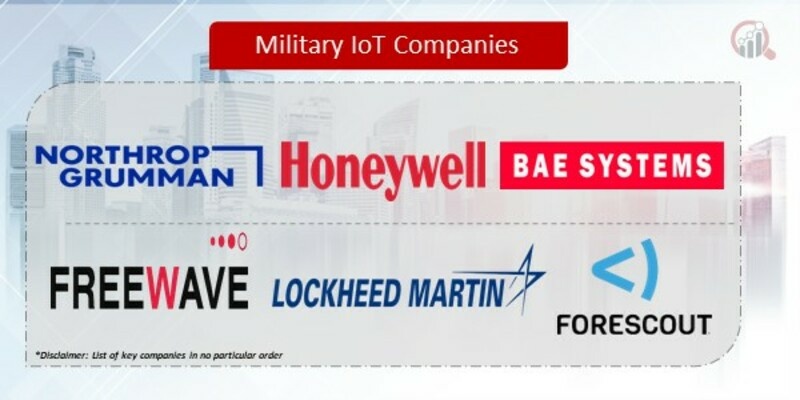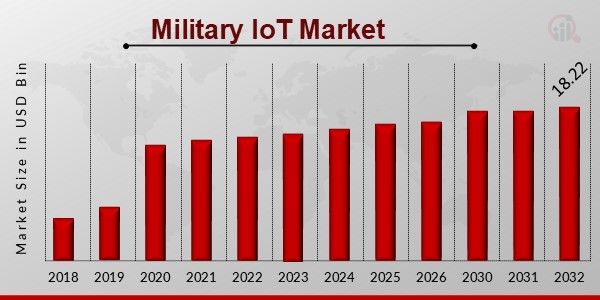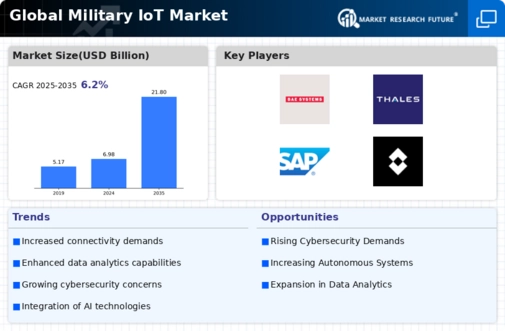Top Industry Leaders in the Military IoT Market

Key Companies in the CubeSat market include
Lockheed Martin Corporation (US)
Sierra Nevada Corporation (US)
The Boeing Company (US)
GomSpace (Denmark)
Harris Corporation (US)
OHB SE (Germany)
Capella Space (US)
Clyde Space Ltd (UK)
Airbus S.A.S (The Netherlands)
Tyvak Nano-Satellite Systems Inc. (US)
Busek Co. Inc. (US)
CU Aerospace L.L.C. (US)
MAXAR TECHNOLOGIES (US)
EnduroSat (Bulgaria)
Planet Labs Inc. (US)
Strategies Adopted
Industry news within the CubeSat market reflects ongoing trends, international collaborations, and the sector's response to the evolving requirements of scientific institutions, commercial entities, and government agencies. News related to successful CubeSat launches, partnerships for satellite constellations, and advancements in miniaturized sensor technologies showcase efforts to enhance satellite performance and expand the range of CubeSat applications. Moreover, developments in CubeSat missions, such as the exploration of interplanetary space and the deployment of advanced Earth observation constellations, are frequently covered in industry news, reflecting the industry's commitment to pushing the boundaries of small satellite capabilities.
Current investment trends in the CubeSat industry underscore a dual focus on research and development and strategic partnerships. Key players are directing investments towards improving CubeSat capabilities, exploring new applications for small satellite technology, and collaborating with government space agencies for mission opportunities. Investments in digital infrastructure, miniaturized sensor technologies, and compliance with evolving space regulations are prevalent, reflecting the industry's adaptation to the growing demand for CubeSat solutions. Additionally, strategic investments in acquisitions and partnerships aim to strengthen market presence and enhance the overall capabilities of CubeSat providers.
Emerging Companies
The overall competitive scenario in the CubeSat market is characterized by established brands and dynamic newcomers, each navigating the industry with distinct strategies. Market share analysis considers factors such as CubeSat performance, mission adaptability, and the ability to offer integrated solutions for diverse space applications. The industry's responsiveness to technological advancements, international collaborations, and the integration of CubeSats into large-scale satellite constellations further shapes competitiveness. As space exploration and commercial satellite services continue to evolve, the CubeSat market is poised for sustained growth. Companies in this sector are striving to balance innovation, quality, and affordability to maintain a competitive edge in a complex and rapidly evolving space technology landscape.
Recent News
Raytheon Technologies (USA):
Battlefield Information Collection and Transmission System (BICT) Development: Raytheon is developing BICT, a secure and interoperable military IoT system for the U.S. Army. This system aims to connect various sensors, vehicles, and soldier equipment, providing real-time data for improved situational awareness and decision-making.
Focus on Cybersecurity: Raytheon prioritizes robust cybersecurity measures in BICT to safeguard sensitive military data and ensure secure communication channels.
General Dynamics Mission Systems (USA):
Tactical Ground Station (TGS) Upgrades: General Dynamics is upgrading its TGS, a mobile command and control center for military IoT networks. These upgrades involve advanced data visualization tools, AI-powered threat detection, and improved interoperability with other systems.
Emphasis on Interoperability: General Dynamics prioritizes interoperability between its military IoT solutions and existing legacy systems, ensuring seamless integration and information sharing across different platforms.
Collins Aerospace (USA):
Connected Aircraft Health Monitoring System (CAHMS) Expansion: Collins Aerospace expands CAHMS, its aircraft health monitoring system, to include ground-based military equipment like vehicles and generators. This allows for predictive maintenance and improved operational efficiency across various assets.
Focus on Predictive Maintenance: Collins Aerospace leverages AI and analytics in CAHMS to predict potential equipment failures and schedule preventive maintenance, minimizing downtime and enhancing operational readiness.
Leonardo SpA (Italy):
Athena Secure IoT Platform: Leonardo developed Athena, a secure military IoT platform for situational awareness and asset management. Athena can integrate various sensors, drones, and communication devices, providing comprehensive battlefield overviews for commanders.
Focus on Edge Computing: Leonardo incorporates edge computing capabilities into Athena, allowing for on-site data processing and faster decision-making at the tactical edge, closer to the frontline troops.
Elbit Systems (Israel):
TorpedoNET Underwater IoT Network: Elbit Systems developed TorpedoNET, a secure underwater network for communication and data sharing between torpedoes and command centers. This enhances torpedo effectiveness and coordination in naval warfare.
Focus on Miniaturization and Security: Elbit prioritizes miniaturization and robust security measures in its military IoT devices, ensuring low detectability and secure data transmission in harsh environments.
Emerging Trends in Military IoT:
Increased adoption of AI and machine learning for real-time data analysis, threat detection, and predictive maintenance.
Focus on edge computing for faster decision-making at the tactical edge.
Emphasis on cybersecurity and robust data protection measures for sensitive military information.
Development of interoperable systems for seamless information sharing across various platforms and forces.
Exploration of new applications like soldier health monitoring, battlefield logistics optimization, and autonomous weapons systems.











